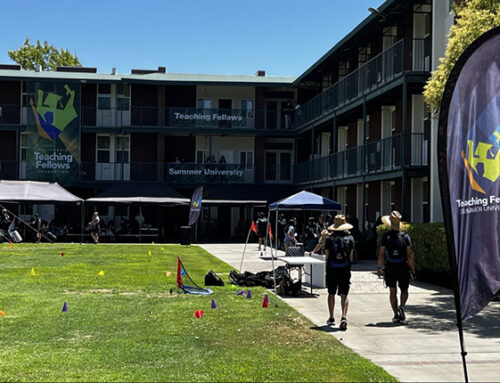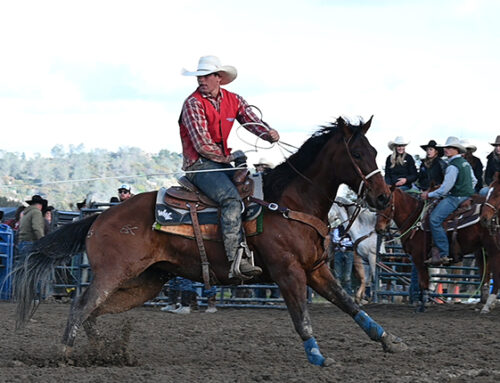Claims that California farmers are wasteful and inefficient in managing their water supplies are inaccurate, according to a new report released by the Center for Irrigation Technology (CIT) at California State University, Fresno.
The report “Agricultural Water Use in California: A 2011 Update” also refutes assertions by some that large volumes of “new water” would be available through agricultural water conservation.
The findings are based on a thorough review of published research and technical data as well as state of California publications to assess the overall potential for agricultural water-use efficiency to provide new water supplies. The report found that little potential exists for new water unless large swaths of agricultural land are taken out of production, which technically is not water-use efficiency.
CIT Director Dr. David Zoldoske said, “The study is an important addition to the ongoing discussions about California water and specifically what decisions must be made to assure adequate supplies for the future. The information presented in this paper should provide a valuable tool in moving the discussions forward.”
Among the study’s key findings:
- The estimated potential new water from agricultural water-use efficiency is 1.3 percent of the current amount used by the state’s farmers – about 330,000 acre-feet per year. That represents about 0.5 percent of California’s total water use of 62.66 million acre-feet.
- Groundwater overdraft of about 2 million acre-feet per year continues to be a serious problem in certain regions of California because of inconsistent and uncertain surface water supplies.
- Changes in irrigation practices, such as switching from flood irrigation to drip, have the effect of rerouting flows within a region (or basin) but generally do not create new water outside of the basin.
- Previous reallocations of agricultural water supplies for environmental purposes represent 5.6 percent of farm-water diversions.
- On-farm conservation efforts can affect downstream water distribution patterns, with potential impacts on plants and animals, recreation, as well as human and industrial consumptive uses.
The study is the culmination of a yearlong effort by irrigation experts at the Center for Irrigation Technology to update the 1982 University of California Cooperative Extension report “Agricultural Water Conservation in California with Emphasis on the San Joaquin Valley” by David C. Davenport and Robert M. Hagan.
The new study concludes that the 1982 report correctly framed the potential for agricultural water-use efficiency, and many of its findings are still relevant 30 years later.
The complete report and its findings can be found at www.californiawater.org.
Created in 1980, the Center for Irrigation Technology is internationally recognized as an independent testing laboratory, applied research facility and educational resource. One of California’s biggest challenges is managing ever-increasing demands on its most precious resource – water. A core mission of CIT is to help extend this limited supply of water through the use of technology, research and education.




